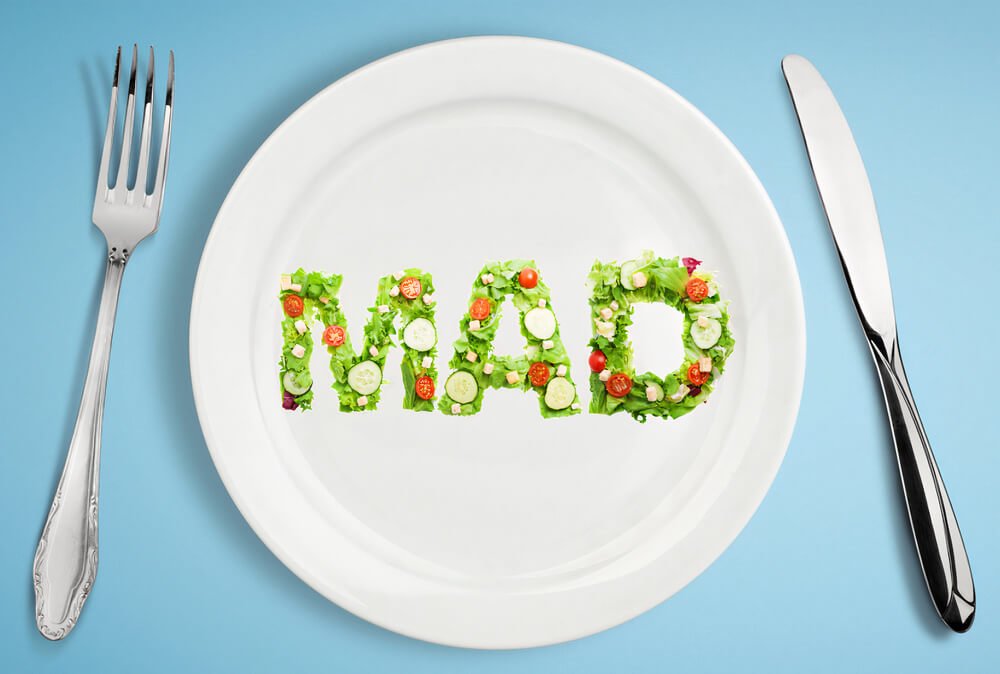Modified Atkins diet (MAD)

For a very long time ketosis was used as a way to stop seizures in people suffering from refractory epilepsy along with medium chain triglycerides diet (MCTD) and the low glycemic index treatment (LGIT) and one of the oldest diets used is the ketogenic diet that maintains a chronic state of ketosis. It has a ratio of 4:1 of fat : protein and carbs. It has shown more than 50% reduction in seizures in 33% of patients with intractable epilepsy and led to the reduction of antiepileptic drug dosage and even withdrawal in some mild cases but it has its restrictions:
-
- It is low on calories, because proteins are totally restricted.
- It requirescontinuous weighing of food.
- It leads to hypoproteinemia and growth problems.
- It can cause acidosis and kidney stones.
- Hyperlipidemia and heart disease.
Here is where the modified Atkins comes in place, it is the same as the Atkins diet but for the fact that the induction phase where you limit most of the carbs is maintained indefinitely with even more fat introduction being encouraged, so it allows ketosis without calorie or fluids restriction and with more protein intake with the goal being seizure control not weight loss. It showed similar efficacy to the traditional ketogenic diet with better safety and tolerability.
